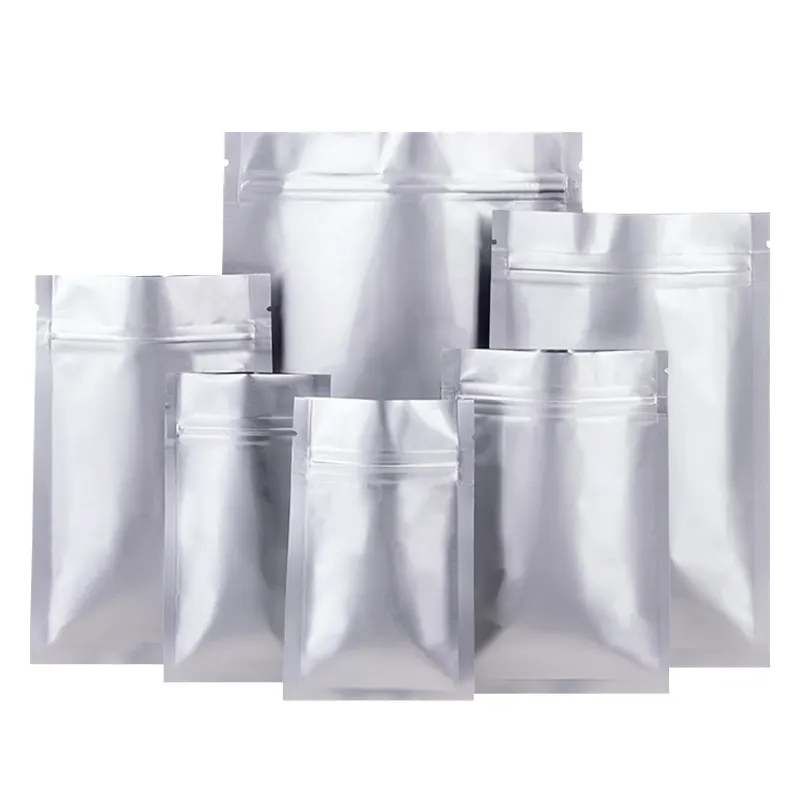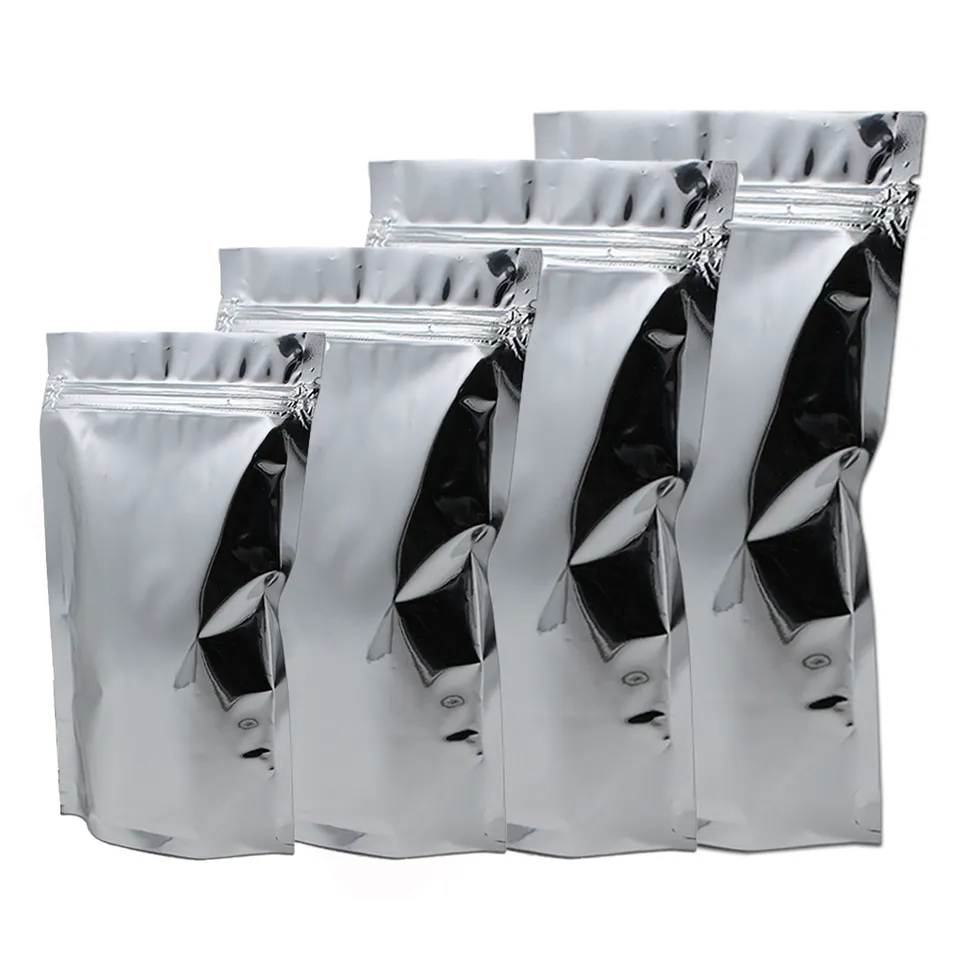Introduction:
In the coffee industry, packaging plays a vital role in preserving the quality of coffee beans and enhancing the overall coffee experience. Plastic coffee bags have long been favored for their practicality and preservation capabilities, but their environmental impact has raised concerns. As sustainability becomes a primary focus for both coffee producers and consumers, the debate between plastic coffee bags and alternative packaging solutions intensifies. This article explores the advantages and drawbacks of plastic coffee bags compared to eco-friendly alternatives, aiming to strike a balance between convenience and sustainability.
1. Plastic Coffee Bags: Advantages and Challenges:
a) Preservation Prowess: Plastic coffee bags excel in preserving the freshness and flavor of coffee beans. Their airtight seal protects against oxygen, moisture, and light, ensuring the beans retain their unique qualities until brewed.
b) Convenience and Practicality: Resealable plastic coffee bags offer unmatched convenience for consumers, allowing easy access to the coffee while maintaining freshness. They are lightweight, easy to handle, and are available in various sizes and shapes to suit different needs.
c) Environmental Concerns: The main challenge with plastic coffee bags lies in their environmental impact. Traditional plastic bags contribute to pollution and may take centuries to decompose in landfills.
2. Eco-Friendly Alternatives:
a) Biodegradable Bags: Biodegradable coffee bags made from plant-based materials, such as cornstarch or sugarcane, present a greener alternative. These bags decompose naturally, reducing the burden on the environment.
b) Compostable Bags: Compostable coffee bags can be discarded with organic waste and transformed into nutrient-rich compost, offering a circular solution for sustainability.
c) Recycled Materials: Coffee bags made from recycled plastics promote resource conservation and reduce the demand for new plastics.
3. Balancing Sustainability and Convenience:
a) Consumer Behavior: Striking a balance between sustainability and convenience requires understanding consumer preferences. While eco-conscious consumers may opt for biodegradable or compostable bags, others may prioritize convenience and opt for resealable plastic coffee bags.
b) Packaging Innovation: Advancements in packaging technology allow for the development of eco-friendly materials with properties that match or even exceed those of traditional plastics. This encourages the adoption of sustainable solutions without compromising functionality.
c) Education and Awareness: Raising awareness about the environmental impact of packaging can influence consumer choices. Transparent labeling and clear information about the sustainability features of different coffee bags can guide consumers towards eco-friendly options.
Conclusion:
The choice between plastic coffee bags and eco-friendly alternatives represents a delicate balancing act between convenience and sustainability. While plastic bags excel in preservation and practicality, they raise environmental concerns. On the other hand, eco-friendly alternatives offer greener solutions, but their functionalities may vary. As the coffee industry progresses, finding a middle ground by incorporating sustainable materials, educating consumers, and leveraging packaging innovation will be essential. Ultimately, a collaborative effort among coffee producers, consumers, and packaging manufacturers is crucial to create a more sustainable future while maintaining the freshness and convenience that coffee lovers cherish.


